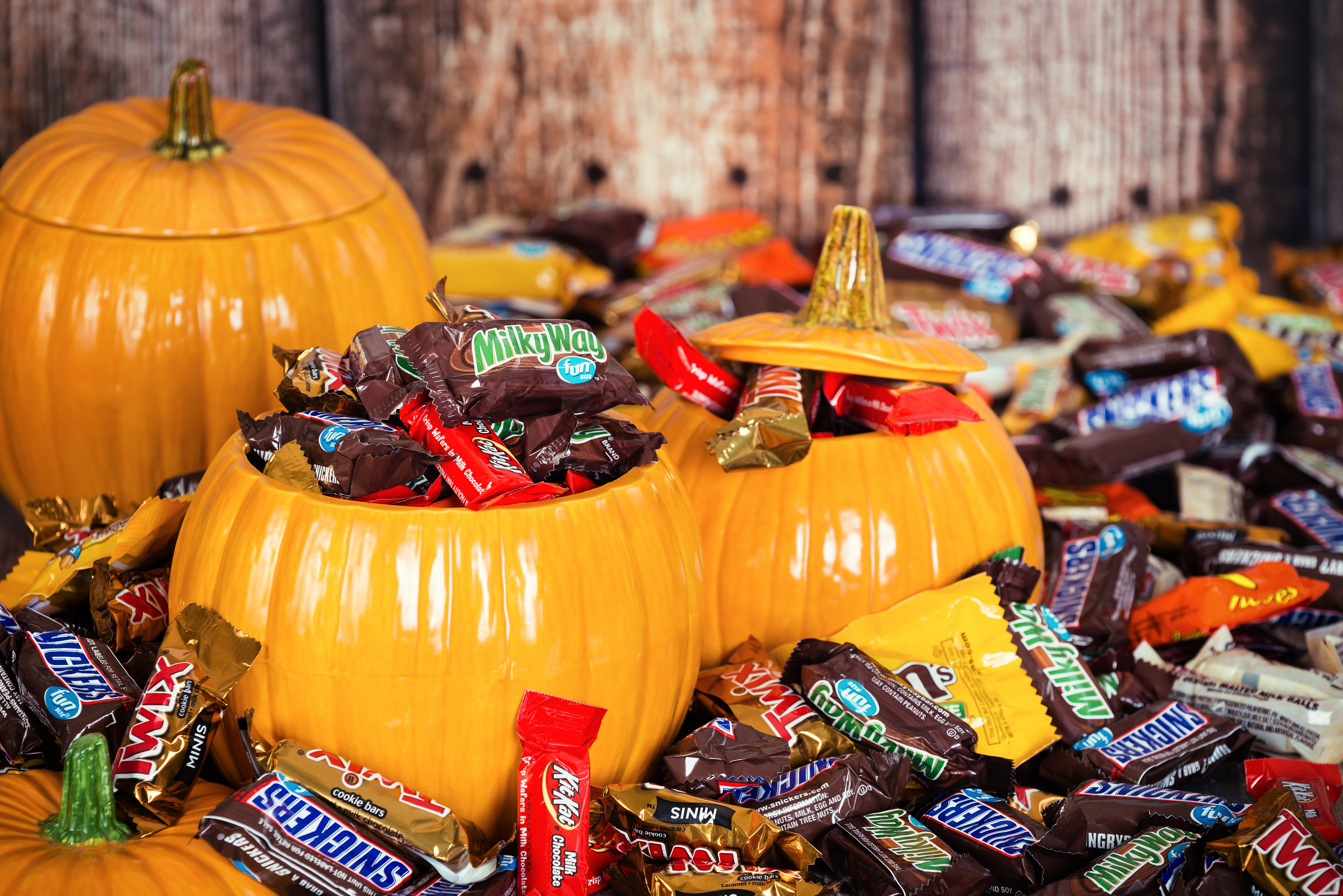Candyflation
Written by Arbitrage • 2025-10-17 00:00:00

Cocoa prices have more than doubled since early 2024, pushing the Consumer Price Index for candy and gum up 8% and changing how people fill their candy bowls, according to new reports from Wells Fargo, Empower, and the National Confectioners Association. Consecutive poor harvests in West Africa (the source of roughly two-thirds of the world's cocoa) were caused by extreme weather and crop disease, which slashed output and sent cocoa futures to all-time highs. Although cocoa prices are now starting to trend downward after three years of supply deficits, "Candy on shelves now was made from cocoa bought at record prices earlier this year," said David Branch, sector manager at Wells Fargo Agri-Food Institute. Global sugar prices (which have been elevated since 2023), along with pricier packaging, labor, and logistics, have also contributed to higher candy costs.
U.S. sales of Halloween chocolate and candy reached $7.4 billion last year, representing a 2.2% increase over 2023, according to the National Confectioners Association. Hershey told retailers it would take a double-digit average price increase across its confectionary portfolio in 2025 due to cocoa costs. Some candy brands may keep leaning on price, "shrinkflation," and curated assortments of treats, especially on chocolate to keep a profit. According to Empower's "Trick-or-Treat-onomics," 57% of Americans say these higher prices are changing how much they spend on Halloween candy; they are shifting toward discounter retailers, trading down to store brands, or choosing gummy treats.
Several analysts expect any meaningful on-shelf relief to show up gradually in 2026; Branch said it is possible candy prices will start moderating in time for Valentine's Day 2026, if improved supply from places like Ecuador and Brazil materializes and the demand cools. But until then, expect smaller bags and more caramel, white chocolate, or gummy (fruity or sour) substitutes.